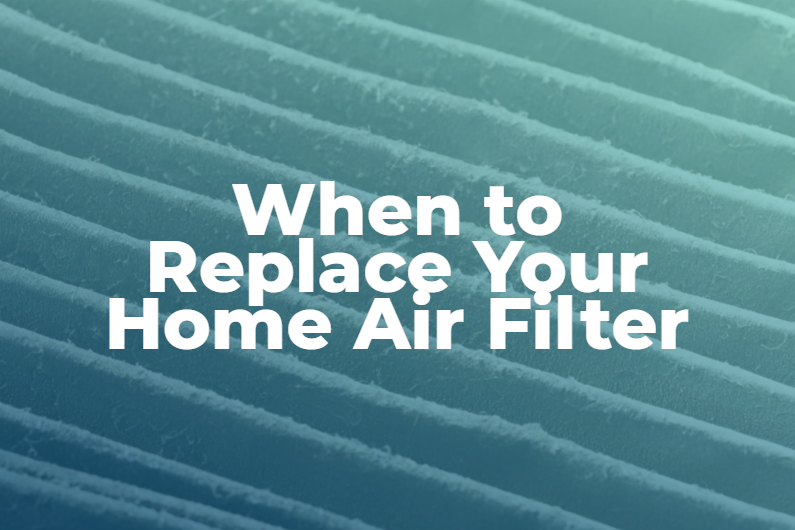A dirty air filter reduces airflow, which can prevent your heater or air conditioner from working properly.
It also means you’ll be using more energy to heat or cool the same space when an air filters is clogged with dirt and debris. Dirty air filters could impact indoor air quality by trapping dust, pollen, pet dander and other particles that can aggravate allergies and asthma.
A dirty air filter can also damage heating and cooling equipment and reduce system efficiency, which will cause your HVAC system to work harder and shorten its life. Your heater or air conditioner may experience increased wear and tear when the unit runs for a longer period of time.
What Air Filters Do
Air filters are designed to remove particles from the air inside your home. Airborne particles can come from a variety of sources, including dust and pollen in the outdoor environment, pet dander, cigarette smoke or other chemicals that may be present in your home’s indoor air supply. Most homeowners have their own needs for an air filter based on allergies and asthma symptoms they experience when exposed to airborne irritants.
Air filters typically work by trapping these particles before they reach you and cause irritation or illness. A dirty air filter will not only reduce airflow into the system but also damage heating and cooling equipment which reduces efficiency causing more wear on systems requiring longer run times to complete tasks such as heating a room or cooling it down during warmer months where this is more of a concern.
Signs It’s Time to Replace Your Air Filter
If your air filter looks dirty or clogged when you look at it, replace it immediately. A clean, unclogged air filter should be completely transparent. Air filters should be changed every 3-6 months when they are being used in your home’s heating or cooling system.
There are many signs that indicate an air filter needs to be changed:
- Your heating or cooling system is constantly running and does not seem to be keeping your home comfortable.
- You notice an increase in dust on surfaces throughout your home such as toys, furniture and in the corners of rooms and closets.
- Pet hair accumulates in greater amounts than normal around vents and in fans leading you to believe there may be too much airflow causing this issue.
Look at the condition of the old air filters. If the filter is completely black with dust and has been in use for a long time, it should be replaced.
What Type of Home Air Filter Should I Get?
When you’re looking for an air filter, you should get a filter that is designed specifically for indoor use. The higher the MERV rating (Minimum Efficiency Reporting Value), the better job it will do at trapping particles inside your indoor HVAC system. A filter with a MERV 8 rating will usually suffice for most homes where there are heavy allergy sufferers.
How to Find the Right Air Filter Size for the HVAC System in Your Home
No matter what size of HVAC system you have, there’s always a filter that will fit.
- Find the dimensions of your current filter. You can also find this information on the outside of your unit or by looking at the manual for your HVAC system.
- Locate the type of filter you need. Your HVAC dealer might be able to help you with this, but often times the most common filters are 30″ x 20″.
- Look for size charts on most manufacturer websites to make sure you choose a filter with the right dimensions.
Leave it to the Pros: Our Maintenance Program covers Air Filter Replacement
The Air Force Air Conditioning & Heating has a Maintenance Program that includes air filter replacement. The company also services air conditioning units. They are experienced in servicing all types of heating and cooling systems, including conventional, geothermal, AC/hybrid, solar and hydronic.
Air Force Air Conditioning & Heating has been successful in bringing awareness to the public about healthy indoor air quality; they provide consumers with information on how best to treat their homes for allergies. With this understanding consumers can take necessary steps to improve the quality of indoor air through regular filter replacement, good housekeeping and more.



